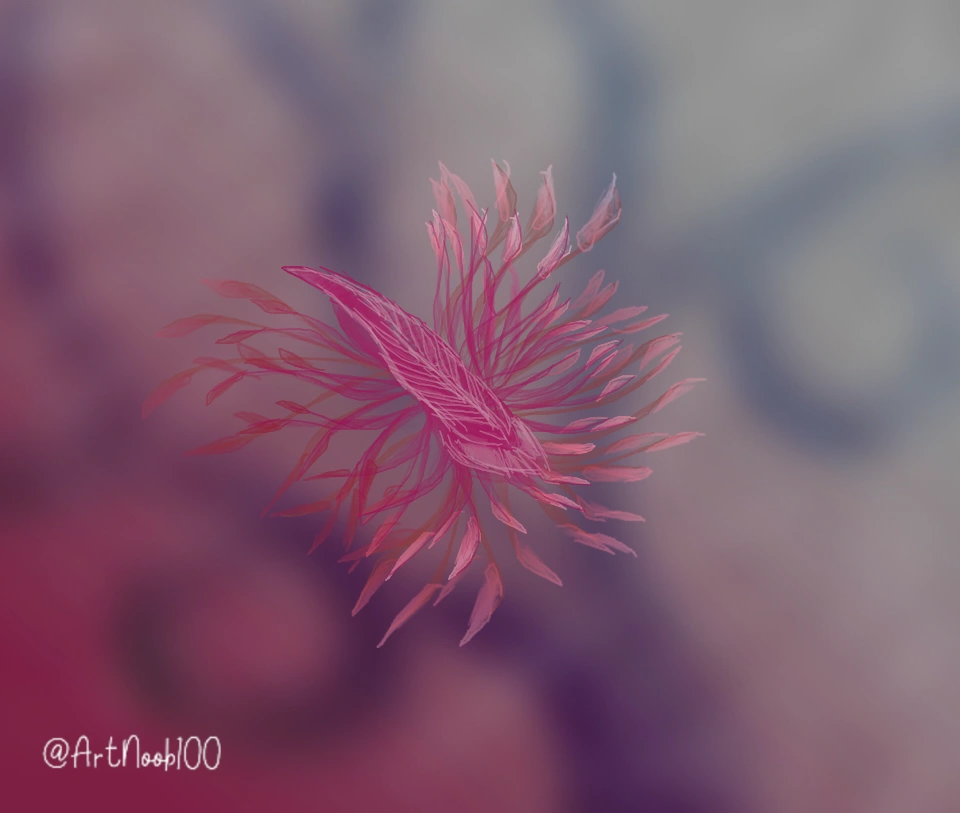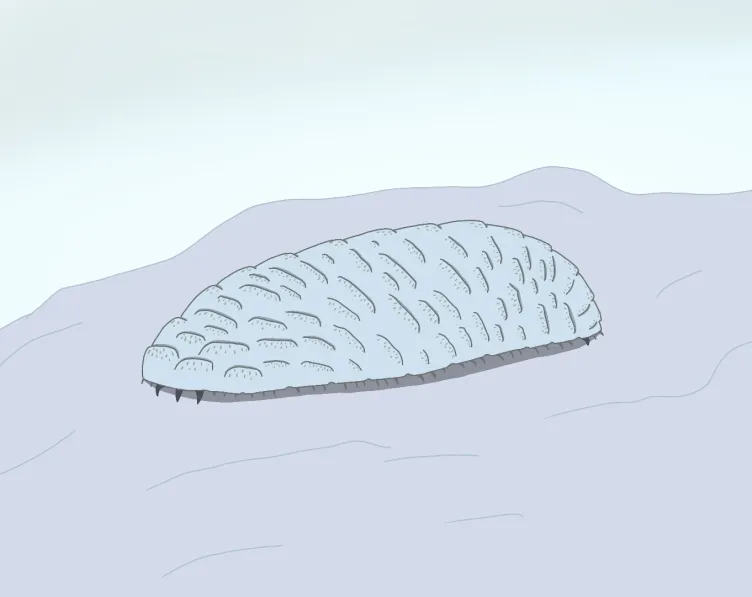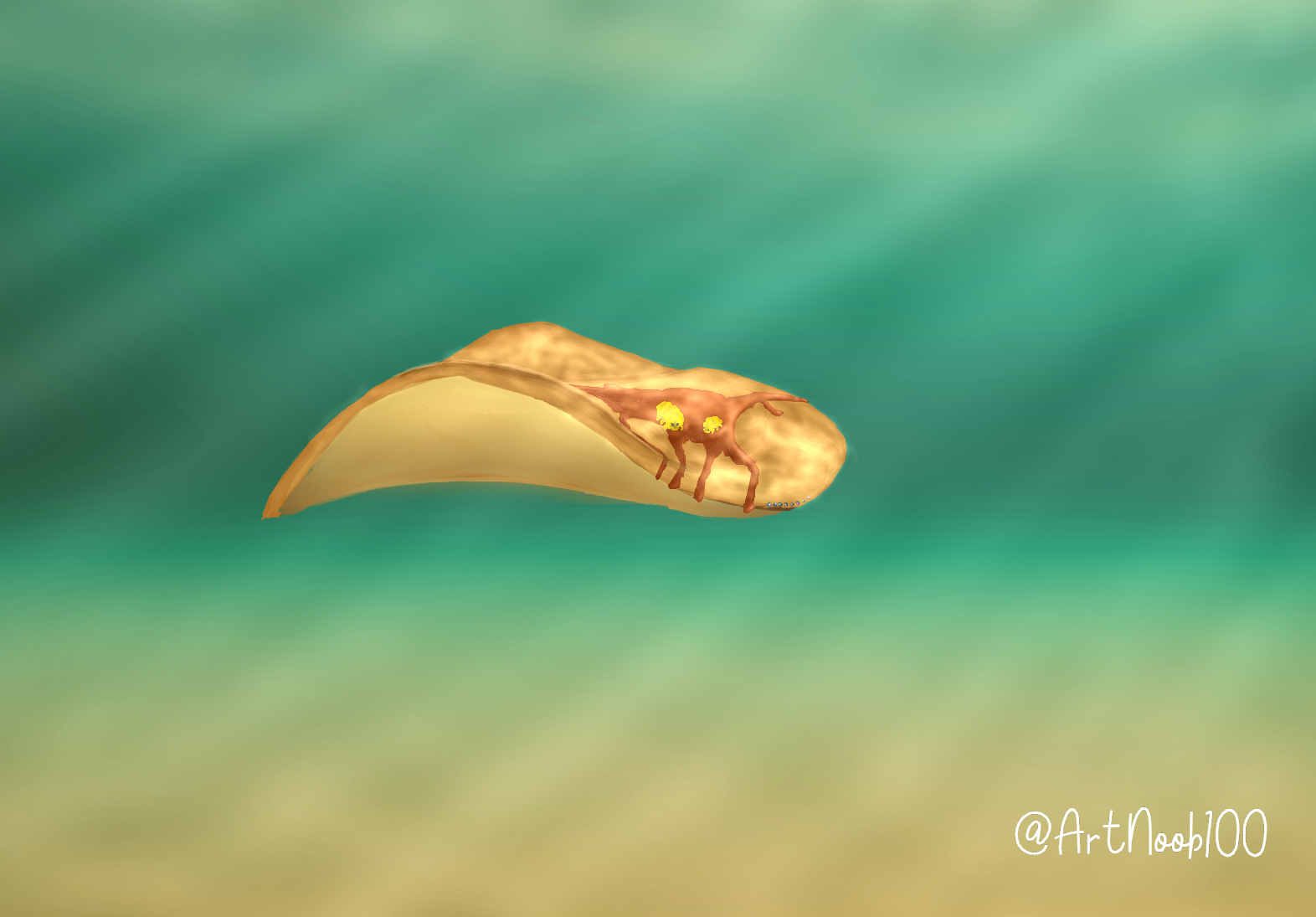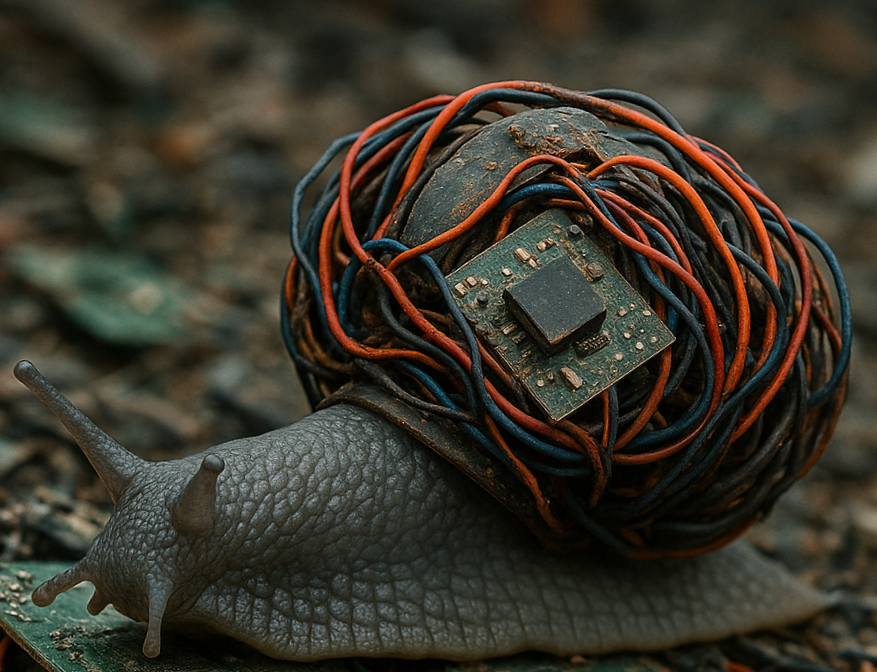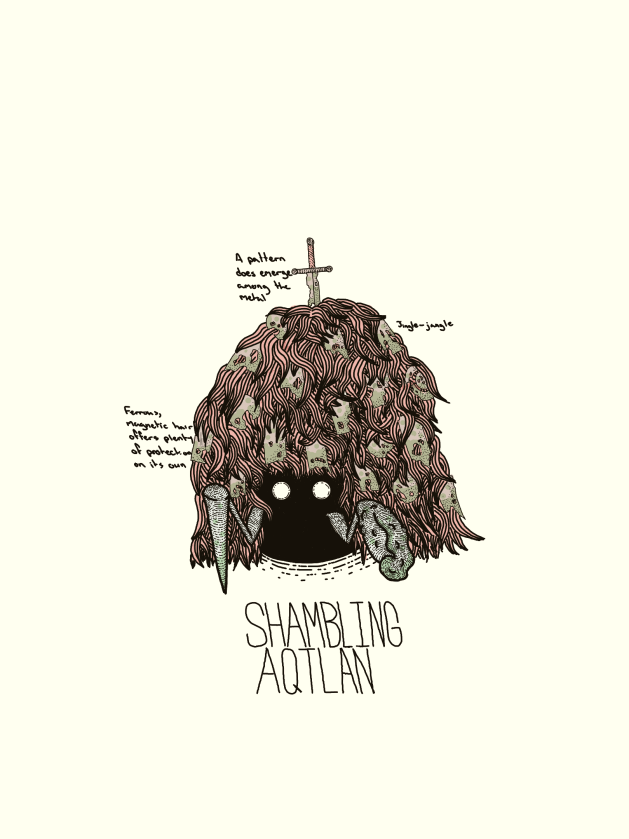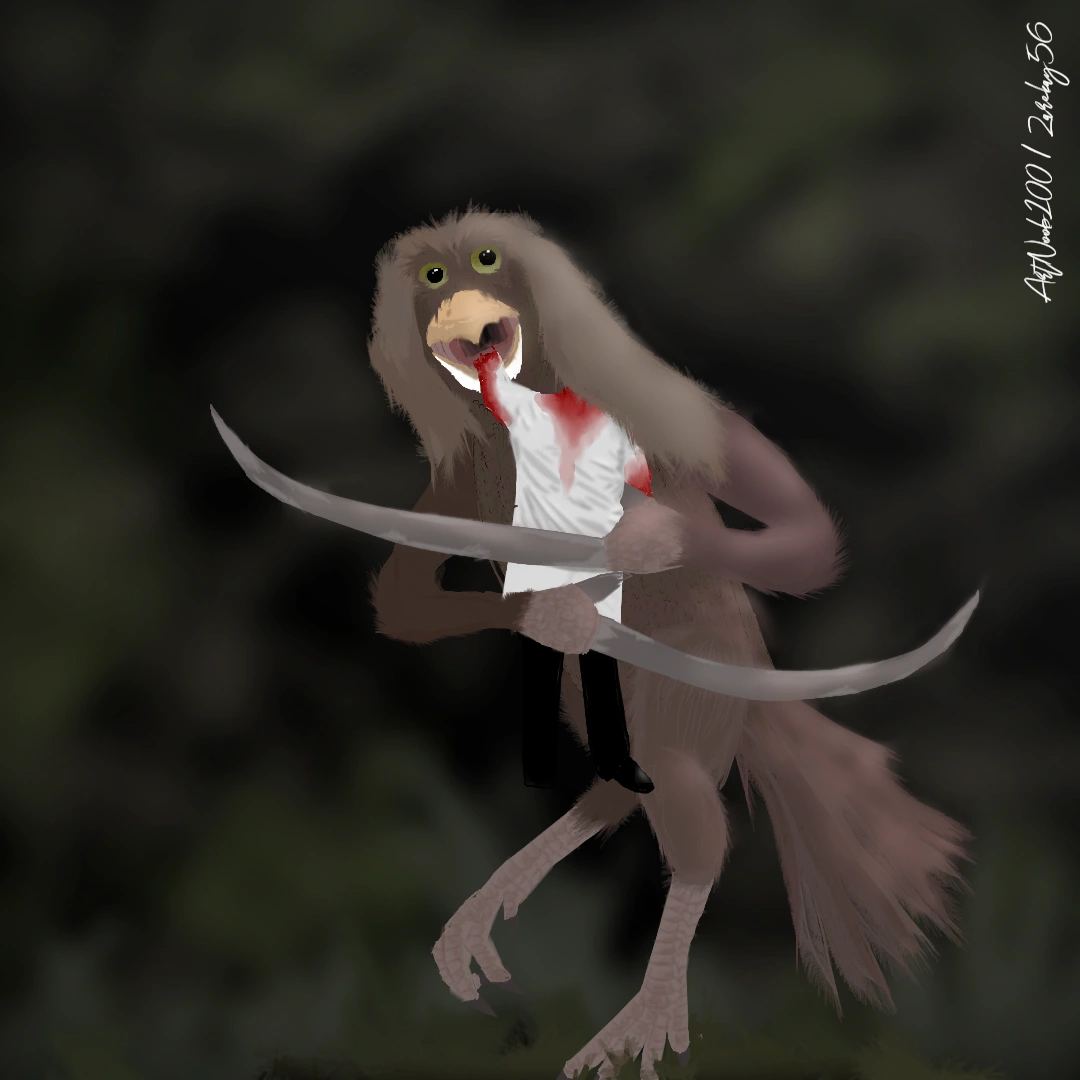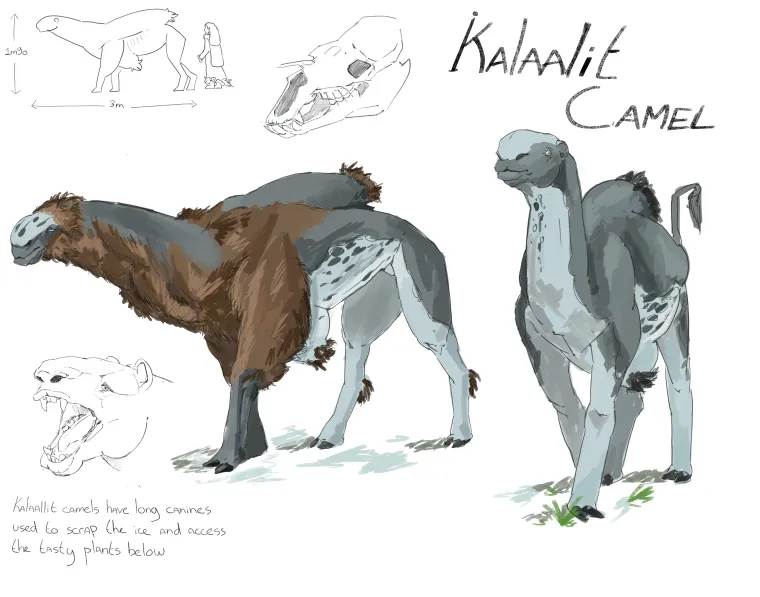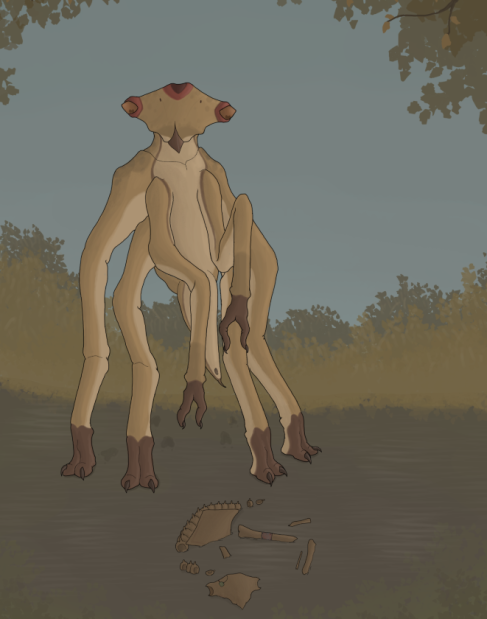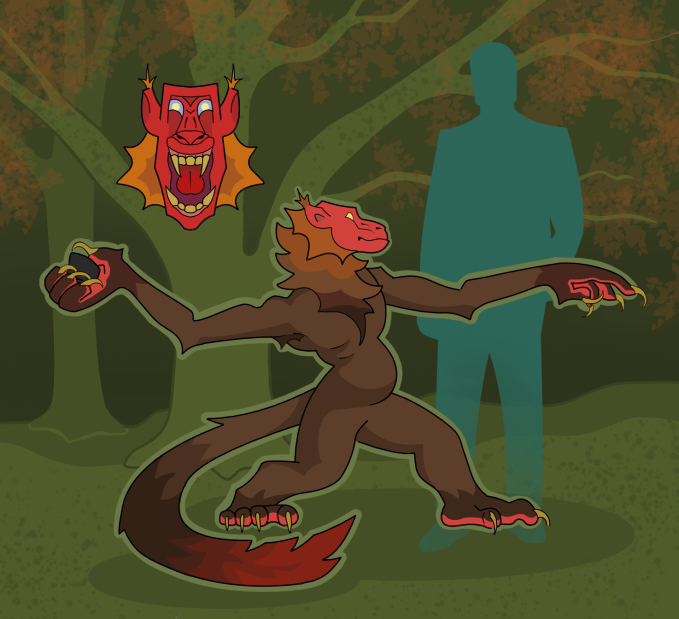Arbozoa
Arbozoa is a phylum of sessile, photosynthetic organisms unique to Garmiwala, serving as the planet’s tree-analogs. However, what sets the Arbozoa apart from plants is its animalistic larval stage. In its adult form, the Garmiwala resembles a terrestrial tree: a rooted structure with branching photosynthetic fronds, bark-like layers, and deep anchoring roots. Unlike plants, however, […]
Continue Reading